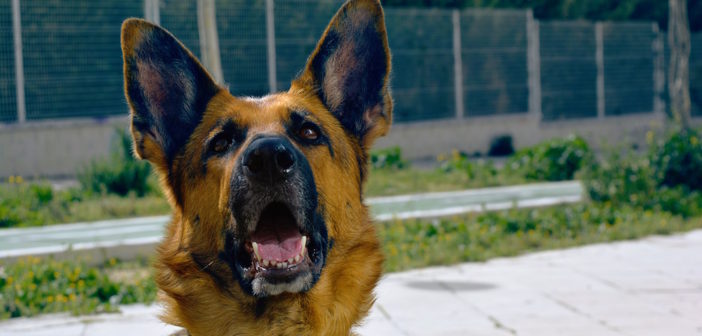Each year, 7.6 million animals in the US go to shelters. Around 2.7 million are adopted and roughly the same number of dogs and cats are euthanized, according to the ASPCA. Once dogs or cats enter shelters, they will either end up getting destroyed or, if they are lucky, find their forever homes. Why not give these rescue dogs a chance to do something for themselves and others? Instead of buying or breeding animals, help these rescue animals and train them to become service or therapy animals.
Why Therapy or Service Animals?
Dogs and cats as well as horses can make excellent service or therapy animals. To distinguish between the two types, it is important to note that therapy animals help humans or patients in improving their physical, mental, social and cognitive functioning. Service animals, on the other hand, are trained dogs (or miniature horses) that help a person with a disability accomplish their day-to-day tasks.
Can Rescue Animals Become Therapy Animals?
Dogs or cats in shelters know how it is to be abandoned, neglected, mistreated and even abused. They make great therapy animals for those who need solace and comfort. With the proper training and certification, therapy animals can have positive benefits for their humans’ health, relieving stress, lowering blood pressure and reducing social isolation. Being around pets also triggers the release of oxytocin which is a hormone responsible for feelings of happiness (Cherniack, E. and Cherniack, A., 2014).
Abandoned Animals as Service Animals
 There is potential for animals in shelters to be used as service animals. One of the reasons why former owners abandon dogs is because they have excess energy and can be destructive. However, this unbridled energy can also be put to good use. Rescue animals can turn into working dogs and, when given the right training, can become efficient search and rescue dogs. Search and rescue dogs are very important in disaster areas and emergency situations for finding survivors against a ticking clock. Other activities in which rescue dogs can be used include finding cadavers, military operations, acting, transporting people and goods, and police work. In fact, when properly trained, rescue dogs can have several occupations.
There is potential for animals in shelters to be used as service animals. One of the reasons why former owners abandon dogs is because they have excess energy and can be destructive. However, this unbridled energy can also be put to good use. Rescue animals can turn into working dogs and, when given the right training, can become efficient search and rescue dogs. Search and rescue dogs are very important in disaster areas and emergency situations for finding survivors against a ticking clock. Other activities in which rescue dogs can be used include finding cadavers, military operations, acting, transporting people and goods, and police work. In fact, when properly trained, rescue dogs can have several occupations.
As service animals, dogs and some miniature horses can perform different tasks to help people with limited abilities perform day-to-day activities. After going through a rigorous training with future handlers, service animals can assist the blind or people with low vision to become mobile, as well as the deaf and those with limited hearing. They can pull a wheelchair, retrieve items (from medications to phones) and alert handlers to the presence of dangers. In addition, they provide physical support to those who are handicapped and prevent or interrupt destructive behavior among those with psychiatric or neurological impairment such as panic disorder, PTSD or depression (Froling et al, 2009).
__
Featured image credit: Manu Adán, Unsplash.com
Image #2 credit: By The U.S. Army (Flickr: Therapy dog) [CC BY 2.0], via Wikimedia Commons





